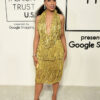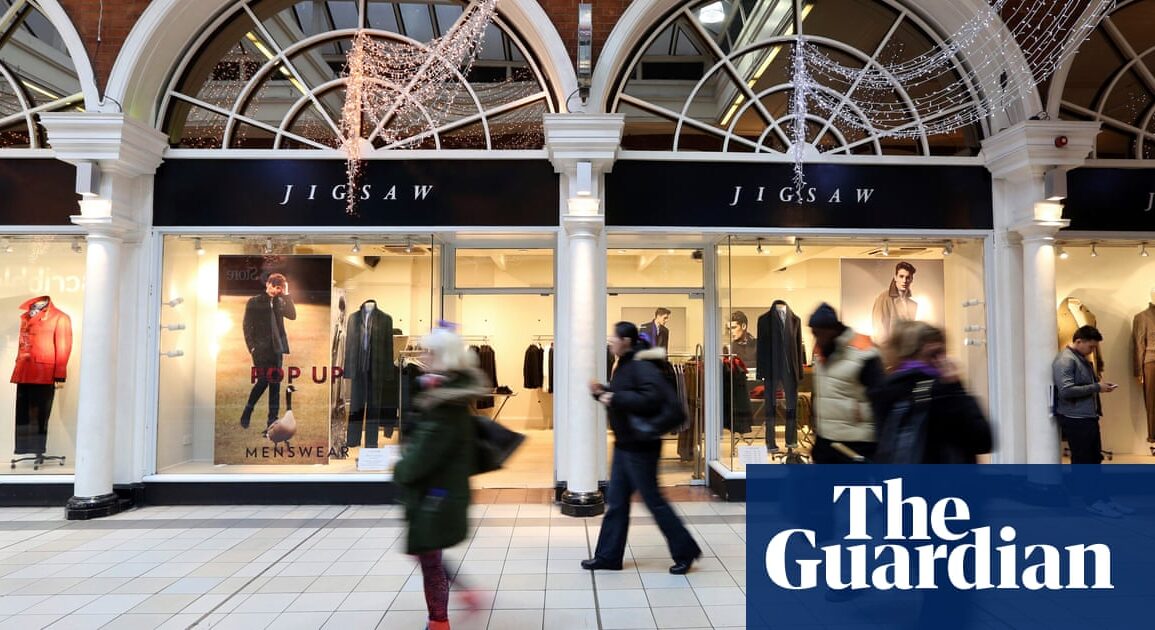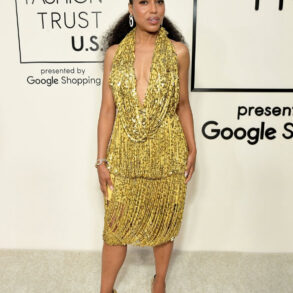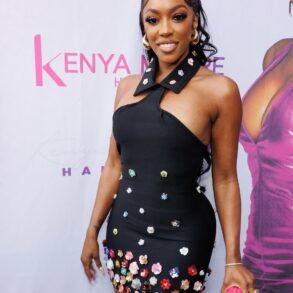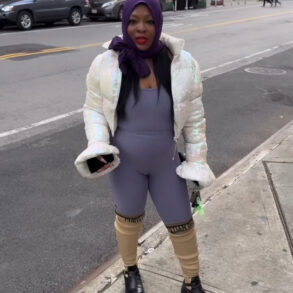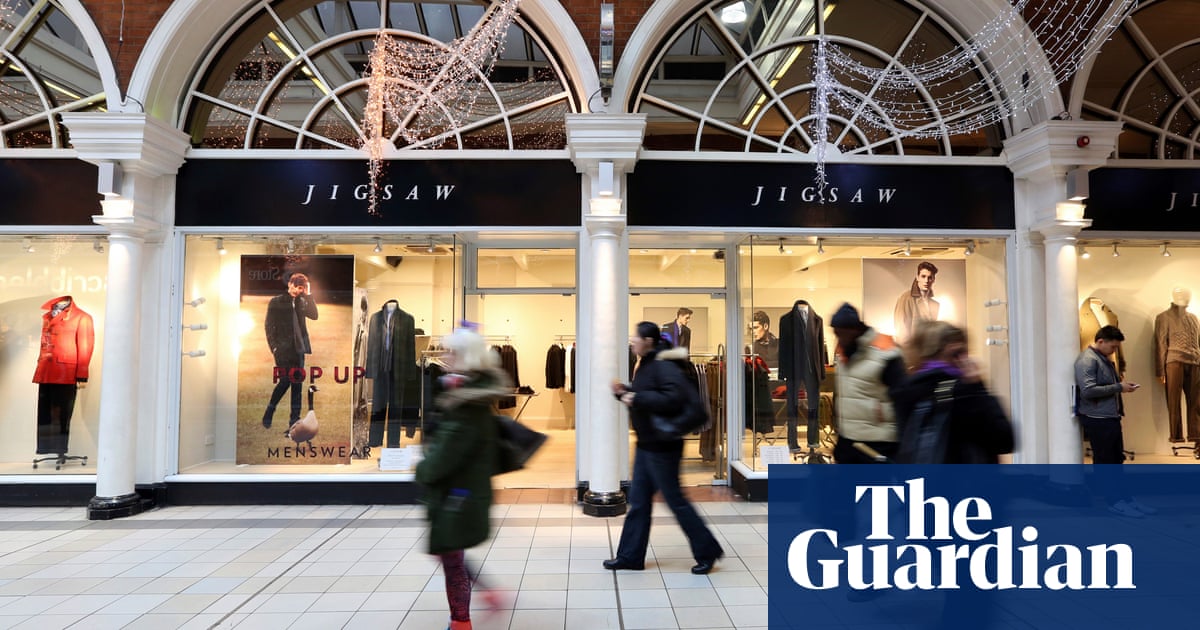
It has become a go-to brand for time-poor but relatively cash-rich women. With dresses hovering around the £250 mark and wool jumpers about £100, Jigsaw dominates a new high street sweet spot. It is cheaper than Joseph, higher quality than H&M and British-owned. However, all that could be about to change with a pivot from high-end design to mass high street appeal.
Jigsaw has announced that its creative director, Jo Sykes, is departing to “embark on new opportunities”. Sykes’s exit follows the October appointment of Hash Ladha as chief executive. A retail veteran, he previously worked as group chief executive of Oasis and Warehouse.
The news is surprising, given that during Sykes’s four-year tenure, the brand, originally founded in 1970, returned to profit after several turbulent and challenging years, recently posting underlying earnings of £3.6m for 2022/2023, up from £2.8m in the previous year.
Jigsaw’s majority shareholder, the Carphone Warehouse co-founder David Ross, was said to be pleased with progress, flattered by friends often choosing to wear Jigsaw’s designs over designer brands.
Insiders claim Ladha sees the role of creative director at a fashion brand as redundant and an internal memo sent to staff mentions that Sykes will not be replaced. Instead, a design director is to oversee its product offering.
Ladha is said to be determined to move away from the design-led and more premium positioning that Jigsaw has carved out as its niche. There are questions about the direction of the brand, and whether it will instigate lower prices and faster production to appeal to the mass high street.
Jigsaw denies that it is moving downmarket. A spokesperson said: “Jigsaw is known for its premium quality, meticulous design, crafted pieces, and unique collections – there is no intention to step away from the brand’s premium position.”
Jigsaw’s is a blueprint that bigger retailers are now trying to implement by producing secondary collections focusing on design and materials with a corresponding higher price point. Cos Atelier’s range includes shearling coats for £1,150, Mango Capsule has a £399.99 sequined halterneck dress and H&M Premium a £279.99 pair of tailored trousers.
“Jigsaw has held a premium position in ladies wear and has always had a loyal following,” says Catherine Shuttleworth, a retail expert and the founder of Savvy Marketing. “Its shoppers have been happy to pay for quality clothing with strong design and its positioning has been clear.”
She says that, while its customers may be affected by the cost of living crisis, a move away from its current position could alienate its core shoppers.
With previous stints at Giorgio Armani and Alberta Ferretti, Sykes is well respected in the industry. She used her contacts to elevate Jigsaw’s status. In 2022, she collaborated with Collagerie, a shopping platform founded by ex-Vogue editors Lucinda Chambers and Serena Hood. Featuring kilt skirts and duffle coats, the collection sold out within days leading to the launch of a second collection in March 2023. Last month, the London fashion week designer Roksanda Ilincic co-created a collection with Jigsaw featuring her signature painterly printed dresses and voluminous silhouettes.
after newsletter promotion
During the 1990s, Jigsaw’s minimalist John Pawson-designed store on London’s Bond Street was a destination, while its advertising campaigns were shot by the renowned photographer Juergen Teller, long before Phoebe Philo enlisted him. However, the brand later fell out of favour, with focus groups describing it as “mumsy”. Sykes was quick to home in on who Jigsaw’s key customer was, realising that the women who wore, or aspired to wear, Jigsaw in their late 20s and 30s were now in their 40s and 50s – a cohort that is often overlooked, but one with solid spending power. “Middle England” became its target.
Sykes borrowed from her catwalk experience, focusing on the details often lost between luxury and low cost labels. She bought cashmere from the same supplier that Chanel uses and yarn from Zegna’s Italian manufacturer. Suiting was sold as separates to be easily mixed and matched with existing items in a woman’s wardrobe. Trousers came with an adjustable hem.
From erratic sizing to cheap materials, shopping on the high street has never been harder. For many, Jigsaw’s future direction could make it even more of a puzzle.
This post was originally published on this site be sure to check out more of their content.

